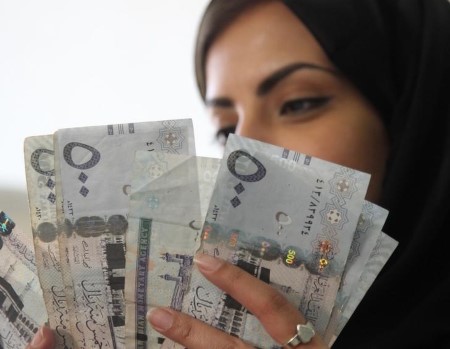Four Gulf central banks hike rates after US Federal Reserve’s rate hike, others may follow
06:27PM Thu 16 Mar, 2017

DUBAI, March 16,2017 (GN): Four Gulf central banks raised interest rates within hours of the US Federal Reserve’s rate hike on Wednesday, pressured by the need to protect their currencies even though an economic slowdown in the region calls for loose monetary policy.
Saudi Arabia, the UAE, Kuwait and Bahrain said they were lifting key rates by a quarter of a percentage point. Commercial bankers think Qatar and Oman may tighten policy within days.
Growth in the Gulf has slowed sharply in the past couple of years as low oil prices have forced governments to cut spending and reduced flows of petrodollars through the banking system.
But all six Gulf states have currencies that are pegged or closely linked to the US dollar, obliging central banks to tighten policy along with the United States or risk capital outflows and downward pressure on their currencies.
Kuwait’s central bank raised its discount rate to 2.75 per cent on Wednesday to keep the Kuwaiti dinar an attractive currency for savings in the wake of the US hike, central bank governor Mohammad Al Hashel said.
Saudi Arabia’s central bank adjusted rates in a way which sought to limit capital flight while avoiding further tightening of liquidity in the local banking system, which could slow the economy.
It raised its reverse repo rate, the rate at which commercial banks deposit money with the central bank, to 1.00 per cent. But it kept its repo rate, which it uses to lend money to banks, unchanged at 2.00 per cent.
Official interest rates in the Gulf look set to remain under upward pressure for at least another 18 months, with economists predicting two more US rate hikes this year and three more in 2018.
But initially at least, other factors mean market interest rates paid by companies and consumers in the Gulf may not rise sharply. In the last few months, modestly higher oil prices and big international bond sales have eased pressure on governments’ finances, allowing them to spend a little more freely.
Increased flows of state money through economies have bolstered banks’ deposits, causing interbank money rates to stabilise or even fall back.
“Stabilising oil prices and international debt issuances will ease funding pressures” in the region, credit rating agency Moody’s said in a report on Wednesday. It predicted banks in Qatar and Oman, which have been hit hard by tight liquidity, would benefit most.











